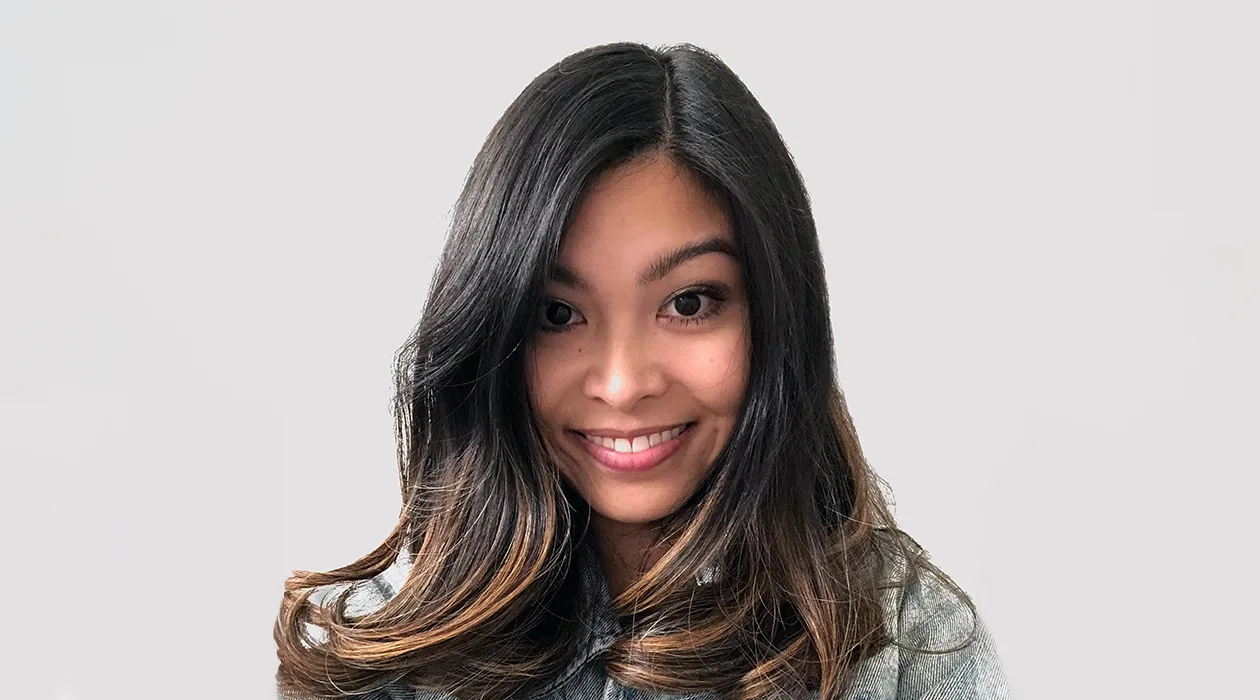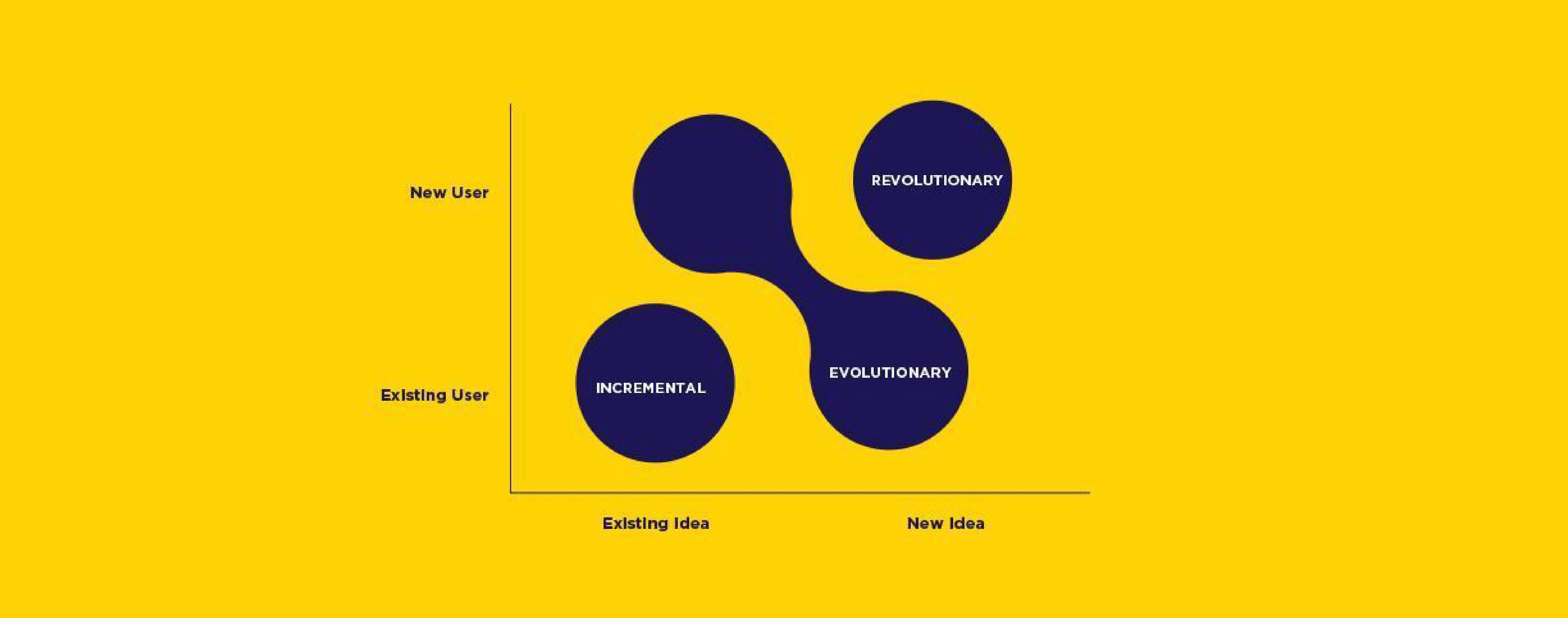Women of Aurora with Nastasha Tan
Meet our team | April 02, 2021 | 7 min. read

At Aurora, our mission is to deliver the benefits of self-driving technology safely, quickly, and broadly. To achieve that mission, it’s essential that we foster a diverse team with a multitude of experiences and perspectives, so we can truly deliver self-driving technology to people and communities broadly. As we continue to build an inclusive and diverse culture, we are committed to supporting and empowering the women at Aurora as they develop their careers and transform the future of transportation.
In our ongoing series, Women of Aurora, we share the personal and professional journeys of the women of Aurora. As we close out Women’s History Month, we’re excited to share a conversation with Nastasha Tan, who leads Aurora’s UX (User Experience) Design team.
Nastasha joined the team in January when Aurora acquired Uber’s self-driving unit, Advanced Technologies Group, and since then she has been leading the charge to design the tools and processes needed to build, evaluate, and operate the Aurora Driver. She is also passionate about fostering an inclusive, diverse, and values-driven culture.
Read on to learn about what motivates Nastaha to generate revolutionary solutions to human problems, what it means to design for self-driving vehicles, and her passion for advancing women in technology and leadership.
In your work as the UX Design lead, what work are you and your team doing? What does it mean to design for self-driving vehicles?
I lead Aurora’s UX (User Experience) Design team, which consists of a multidisciplinary group of designers, including product designers, UX researchers, and industrial designers.
My job is to help my team deliver a customer-centered experience for Aurora. For an emerging industry like self-driving, we need to build a variety of bespoke tools from the ground up, so those “customers” actually include the Aurora employees who are building the Aurora Driver. There are a variety of experts who work on Aurora’s self-driving technology including perception engineers, motion planning engineers, scenario engineers, and labeling specialists. It’s our job as a UX Design team to understand the needs of these teams—each playing a different role in the development of the Aurora Driver—and build specialty tools and workflows for them. For example, we created a specialty tool that helps scenario engineers evaluate and improve the Aurora Driver in a virtual environment before driving it in the real world.
In addition to designing tools for developing our technology, we think about the future customer experience for those who will be riding in a vehicle powered by the Aurora Driver, for example the truck delivery partner looking to transport her goods reliably or a ride-hailing customer looking to get to his destination safely.
As a team leader, I set the vision for how our team can bring a human-centered approach to everything we do, foster a creative culture so everyone can do their best work, and work with design managers to make sure everyone on the team can achieve their career goals and that we can inspire new talent to join our team.
What motivates you to work in the self-driving space?
I’ve always been the kind of designer that is compelled by big, messy, and complex problems. That’s where designers can truly help organizations understand the unmet needs of the people we’re solving for, generate revolutionary solutions, and turn problems into questions that inspire new approaches to tackling challenges.
There’s a figure that visualizes the different kinds of innovation outcomes that range from incremental to evolutionary to revolutionary change. I was drawn to work in the self-driving domain because it falls into the quadrant of driving revolutionary change, where the ‘big and messy’ challenges often live.

Credit: IDEO, https://www.ideou.com/pages/innovation
I fundamentally believe that access to transportation is a human right, and we have an opportunity to make a disproportionate positive impact with self-driving technology. I’m motivated to help by grounding our approach in human-centered methodologies that ensure that we’re thinking about people’s needs, in harmony with what’s technologically feasible and economically viable.
What are you most excited about for 2021 as we continue to integrate into one team?
I’m really excited to partner with our Diversity, Equity, and Inclusion team to build a diverse and world-class team together and to continue creating learning environments for Aurorans to inspire action. The work that team is leading is instrumental in shaping the systemic change I hope to see in the tech industry.
I wholeheartedly believe diversity plays an important role in a company’s success, especially in tech organizations that have aspirational missions to positively impact the lives of people and society. It’s important that a company reflects the diversity that exists in the world that it wants to impact.
March is Women’s History Month. Since we’re all helping to forge a new industry and transform transportation, we’re celebrating the women who have blazed a trail for us. Is there a woman in your life who has paved the way, lit a spark, or inspired you in your career journey?
In my early days as a designer, I was inspired by Adele Goldberg, a computer scientist who developed the programming language Smalltalk-80, a first of its kind, interactive programming environment used to create one of the first graphical user interfaces (GUIs). Goldberg pioneered GUI components like overlapping windows, icons, menus, and arrows, and made it possible for these components to be controlled by a mouse. With Smalltalk-80, Goldberg’s mission was to make computing accessible by allowing people to easily build applications with intuitive graphical user interfaces. Her work inspired the very first Apple computer and has ultimately paved the path for today’s Product Designers and Interaction Designers. My life’s work has been made possible by her technological advancement.
How has being a woman in technology impacted you, professionally and/or personally?
Being a role model for other women of color in tech has affected me in a profound way—it has empowered me with a greater sense of purpose to push past the challenges I have personally faced in order to change the landscape for future women of color designers and leaders. As a Design leader, I have learned first-hand from my teams, mentees, former students, clients, and people in the greater Design community how my career achievements and ambitions are greater than my own. To women of color who identify with me and my background, I represent a real chance for them to serve in a leadership role in a tech organization and make a difference one day.
Last month, Aurora offered a screening of the film Coded Bias, a documentary about MIT researcher Joy Buolamwini’s work related to algorithmic bias in facial analysis technology. Following the film, we hosted a discussion with the filmmaker Shalini Kantayya and you were one of the panelists in that discussion. What do you think Aurora and the self-driving industry at large can do to ensure diversity in thought, perspective, and experience as we build technology that serves people and communities broadly?
Aurora’s value of ‘winning together,’ and our company goal to improve the connectedness, diversity, and inclusiveness at Aurora makes me proud that Aurora is committed to being diverse and working together towards a shared goal—building the Aurora Driver. What goes hand-in-hand with the clearly articulated values of diversity and inclusion is creating mechanisms that ensure these values can be reinforced in how the company and its employees make decisions.
As an industry, we may want to establish an advisory group that consists of people with diverse backgrounds, disciplines, gender identities and expressions, and abilities who ‘consult’ the organization and conduct regular reviews on code and engineering practices, like the data sets and learning environments used to train AI models. This ensures that decisions made on the implementation of code are distributed and collaborative.
Another mechanism could be establishing key projects that call upon diverse experts to help us build a better Aurora Driver. While the problem of realizing self-driving is highly complex and technical, when you ask folks across the organization why they work for Aurora, it’s a very human problem they are looking to solve: a safer world for their son or daughter, a world that enables independence for their grandmother, or a way for caregivers to feel confident that their parents are getting medication reliably delivered to them.
The human outcomes we want to help achieve with the Aurora Driver necessitate that diverse disciplines come together—for example, our UX researchers and engineers work together to represent what matters to riders when they are in our self-driving vehicles by creating principles and numeric rules for the vehicle’s motion and behavior.
Tell us something about yourself that would surprise us.
My first experience working in the ‘mobility domain’ was as a part-time valet driver in high school. The valet company I worked for serviced tech executive events in Silicon Valley, so naturally I had an opportunity to valet a lot of coveted sports cars, which definitely kept my job exciting.
What is your hidden talent?
I can read, write, and speak Japanese.
What do you like to do in your spare time?
I spend my spare time nourishing my creativity and staying inspired. Right now, my creative project is renovating the condo my partner and I live in. My partner is a designer too, so we enjoy working together on something creatively fulfilling.
It’s a work-in-progress. While our condo is bound by its concrete structure, we stripped everything else away to start with a blank canvas to make our vision a reality. It’s a dream of mine to build a house from the ground up one day.

Remodeling in progress at Nastasha’s condo (Left) | A rendering of the design vision for the finished space (Right)
If you could meet anyone in the world (dead or alive) who would it be and why?
I would have loved to meet my grandfather (my father’s father). My grandfather passed away before I was born, so I never had the opportunity to meet him. Though he started from humble beginnings, he was a self-made entrepreneur at a young age, who founded his own company in various locations across China, Hong Kong and the Philippines. Through the stories my father has shared with me, I learned my grandfather was a natural born leader, altruistic, compassionate, and he deeply cared about people.
My grandfather’s statue commemorates his life and his contribution to his high school in China. When my grandfather was a student, he and his classmates would have to walk through a wide river to get to the school’s campus. After his personal success, he was able to give back to his school to rebuild its infrastructure and make it possible for future students to get to school with more convenience and safety. I’m deeply moved by my grandfather’s legacy and the kind of impact he was determined to make, and I would have liked to have had the chance to learn from him.

A statue of Nastasha’s grandfather at his high school in China commemorating his life and contributions.
What did you want to be when growing up?
In high school, I was the Editor-in-Chief of our student-run yearbook. We were a creatively driven editorial team, and our vision was to go beyond templated yearbook stories that covered superlatives like “Most Athletic” or “Most Popular,” and instead, commemorate the diverse voices of our student body by writing stories that helped students and teachers authentically relate and connect as people.
I graduated high school inspired to be a journalist and Editor-in-Chief of a magazine. While this didn’t come true, it has played a small role in shaping my Design career—as I design products and experiences that help people reach their full potential.



Delivering the benefits of self-driving technology safely, quickly, and broadly.